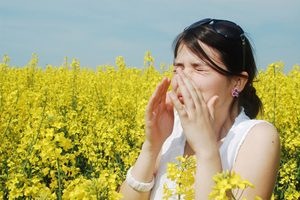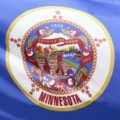
Across the country Americans are heralding the end of a long, frigid winter, but for allergy sufferers the celebration could be short-lived. The Boston Globe reports that trees in some areas are about a month late in blooming, which means they're poised to pollinate during a period usually dominated by other allergens. According to the American Academy of Allergy, Asthma & Immunology (AAAAI), grass pollen typically causes problems in the late spring and early summer, while mold spores peak in many regions in July. Add tree pollen to the mix, and you have a recipe for a brutal, if relatively brief allergy season.
While some areas of the country are still waiting for their trees to bloom, others are already witnessing the so-called "pollen vortex," arriving on the heels of the infamous "polar vortex." Richard Weber, an allergy specialist and professor of medicine at National Jewish Health in Denver, told the Wall Street Journal that pollen counts in Colorado have recently been two or three times higher than usual.
"As soon as the weather finally warmed up the trees went nuts," he said. "When it happened it was extremely vigorous."
When pollen counts are high, the AAAAI recommends limiting time outdoors and keeping windows and doors closed. Always shower before going to sleep, to prevent pollen on your skin and hair from causing irritation at night. Allergenic bedding can also dramatically improve allergy symptoms, by limiting your exposure to dust mites and mold.
If you typically suffer from seasonal allergies, you might want to make an appointment with your doctor to discuss possible prescription treatments. Other allergy control products, such as an allergen air purifier, can also also help you manage sensitivities during the upcoming season. Visit the Allergy Be Gone website to learn more.









